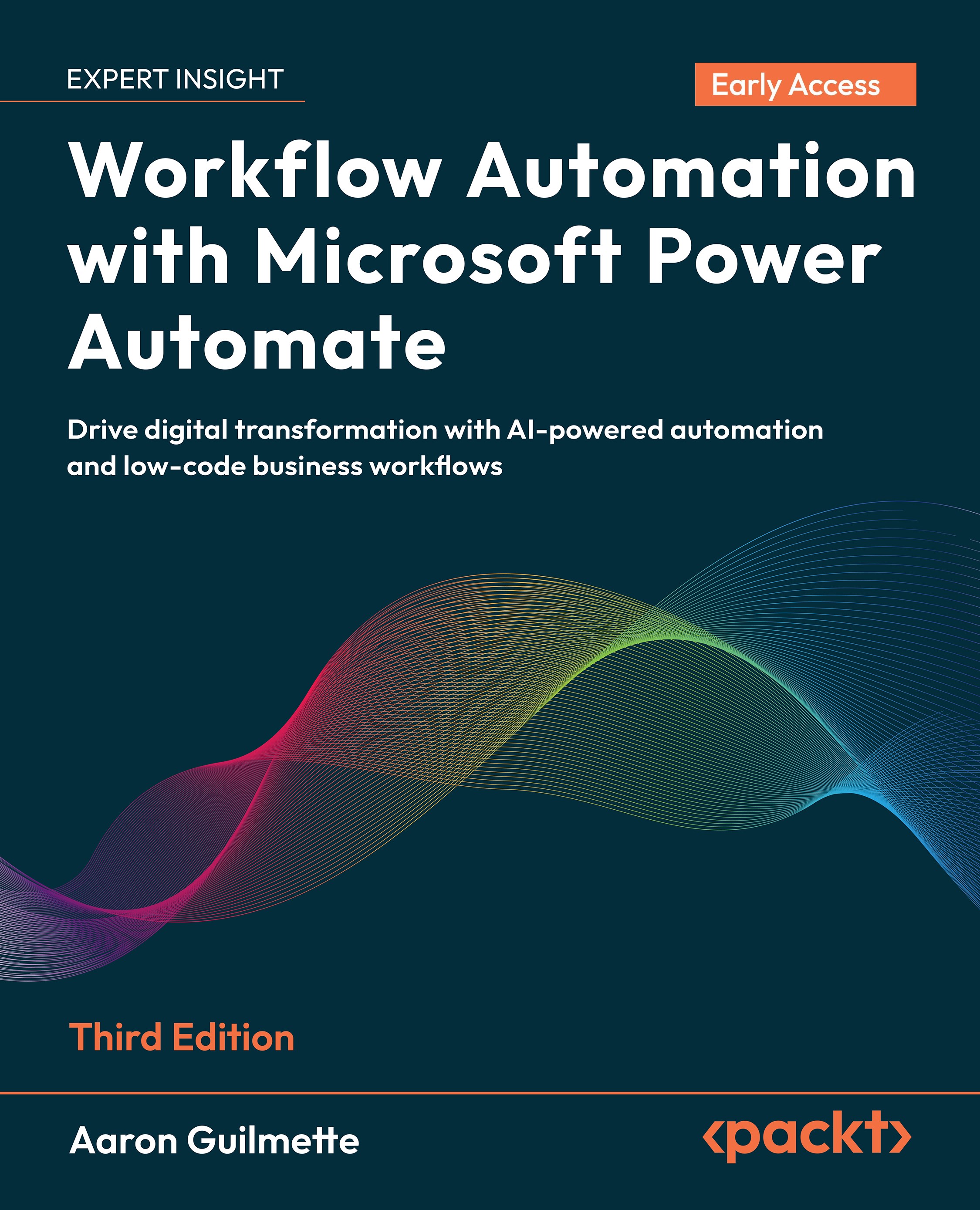Learning about expressions and functions
So what are expressions and functions?As mentioned earlier, Power Automate flows are composed using objects and a language similar to Excel or Visual Basic macros. In this language, Workflow Definition Language (WDL), expressions and functions refer to internal processes and capabilities that can be used to manipulate data.A function is a basic computational construct—the lowest level of processing logic that Power Automate offers. Functions are operations that allow you to perform a pre-defined operation on the values passed to them. Let's look at the CONCAT function, which is used to join strings together:concat(text_1, text_2)If you've used Excel functions, this will seem very familiar. In this example, concat refers to the function name, and the placeholders text_1 and text_2 are the parameters containing the values you want to join. If you entered the function concat("The quick brown fox ", "jumped...

































































